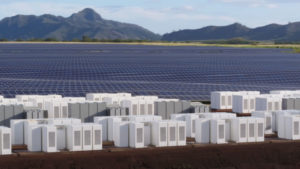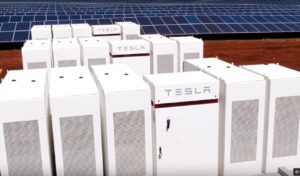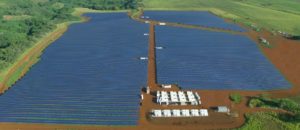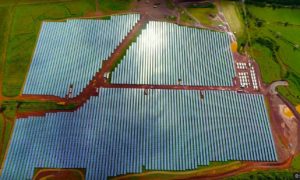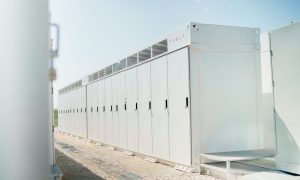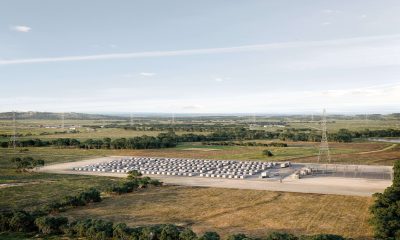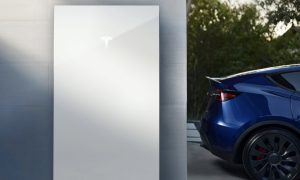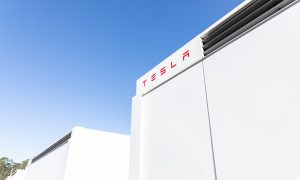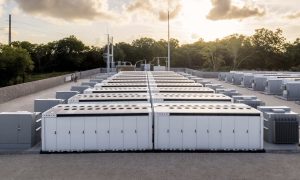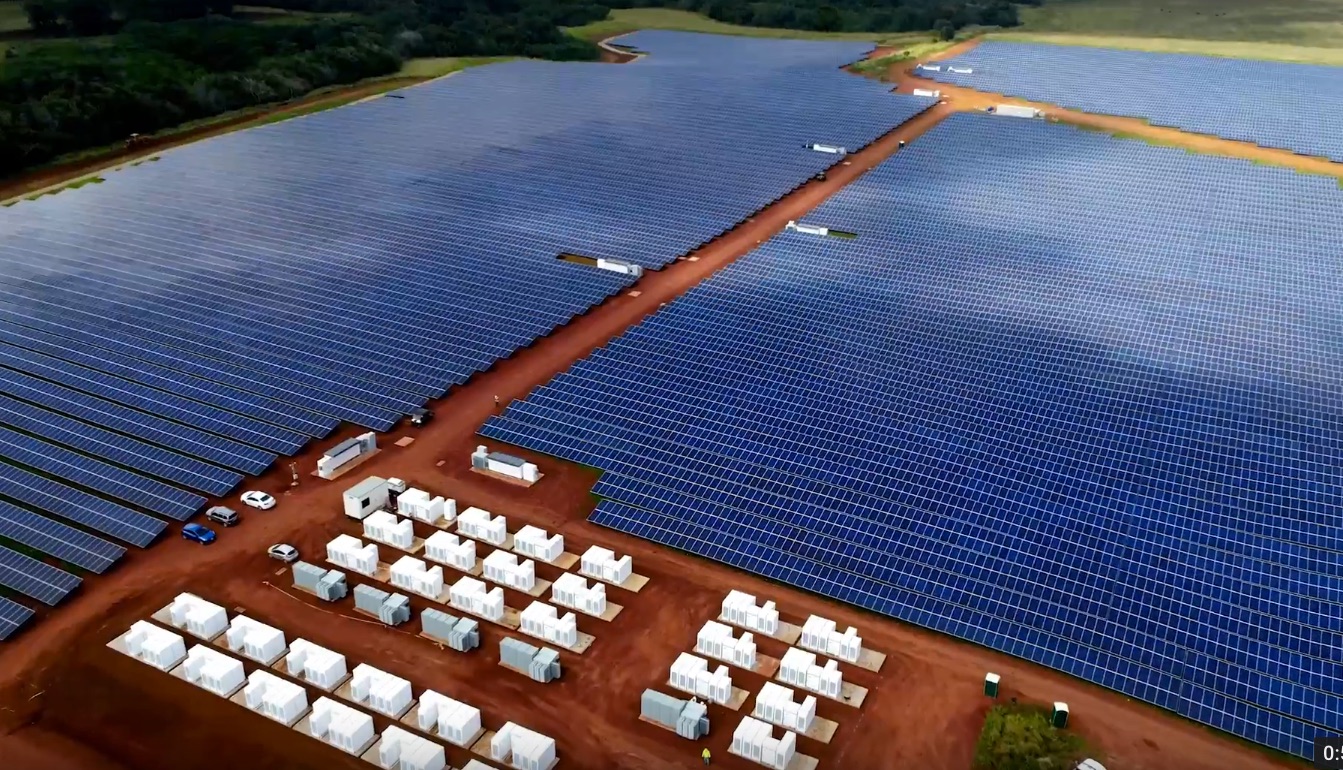

Energy
Tesla locks in 20-year deal to provide solar electricity to Kauai Island Utility
Tesla has completed a 52 MWh Powerpack 2 system combined with a 13 MW SolarCity solar installation on the island of Kauai that will deliver solar generated energy back to the grid during evening hours, when energy is generally produced through diesel powered generators.
The California-based energy company notes that the project will cut fossil fuel usage by 1.6 million gallons per year and is the first time a utility company has contracted for a system of this magnitude.
Instead of purchasing the solar and energy storage system from Tesla directly, Kauai Island Utility Cooperative (KIUC) contracted with the company to purchase electricity stored within the 272-Powerpack system at a flat rate of 13.9 cents per kilowatt hour, for the next 20 years.
This isn’t the first time we’re seeing Tesla help transform island life through its Powerpack-plus-solar energy system. The company installed a microgrid on the Samoan island of Ta’u last year to help address frequent temporary blackouts. Through an installation of 5,328 SolarCity solar panels and 60 Tesla Powerpack units, Tesla says that the system was able to keep the island fully powered for three full days even in absence of sunlight.
The latest energy system at Kauai is exemplary of Tesla’s mission to become the world’s only vertically integrated energy company, offering end-to-end clean energy products aimed at energy generation, storage and consumption. Tesla CEO Elon Musk said during last year’s Gigafactory launch event that the company’s energy products will likely have a growth rate several times that of the vehicle business. “The growth in stationary storage is really under appreciated. That’s a super-exponential growth rate.”
Elon Musk
Tesla Energy shines with substantial YoY growth in deployments
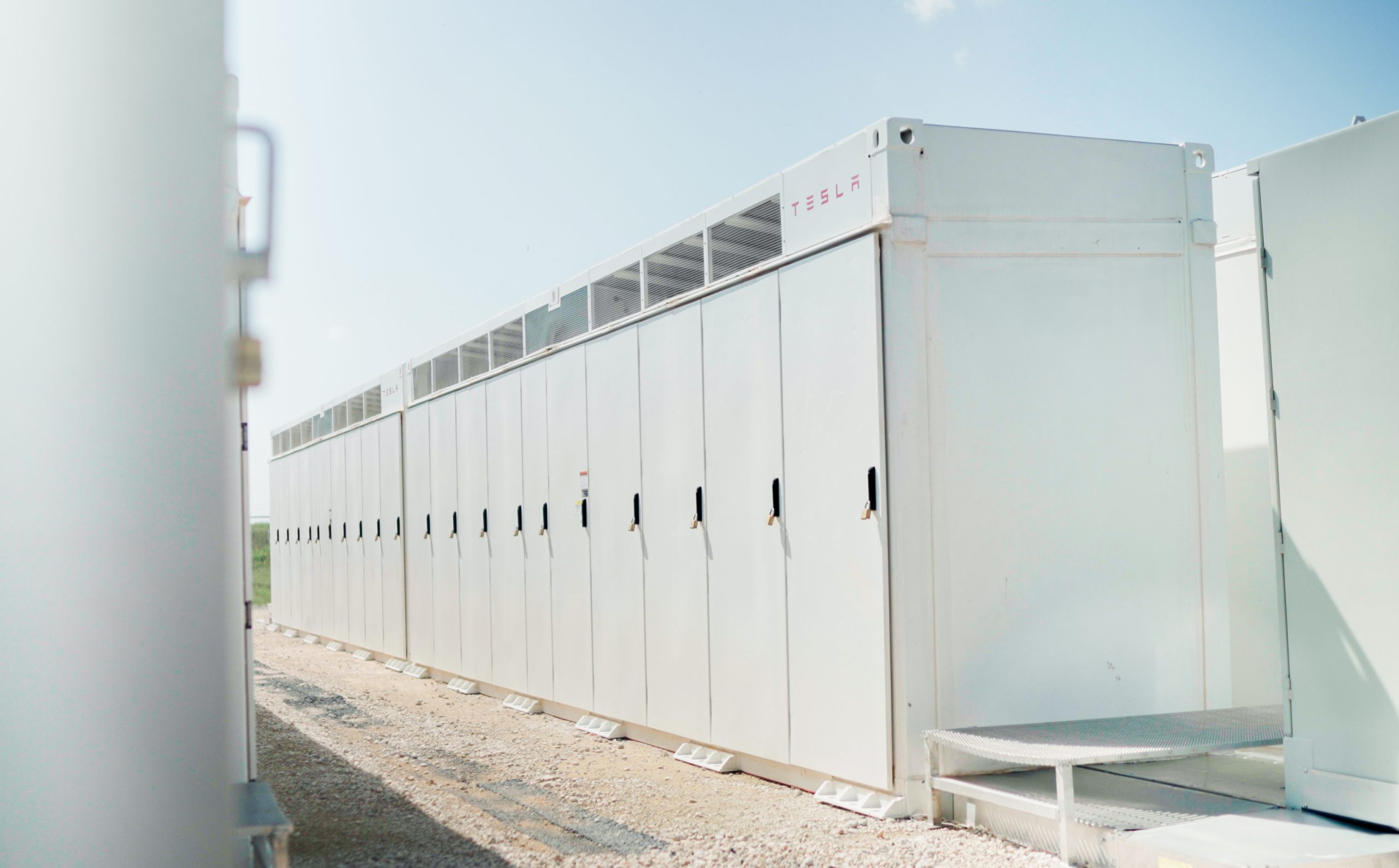
Tesla Energy shined in what was a weak delivery report for the first quarter, as the company’s frequently-forgotten battery storage products performed extraordinarily well.
Tesla reported its Q1 production, delivery, and deployment figures for the first quarter of the year, and while many were less-than-excited about the automotive side, the Energy division performed well with 10.4 GWh of energy storage products deployed during the first quarter.
This was a 156 percent increase year-over-year and the company’s second-best quarter in terms of energy deployments to date. Only Q4 2024 was better, as 11 GWh was recorded.
Tesla Energy is frequently forgotten and not talked about enough. The company has continued to deploy massive energy storage projects across the globe, and as it recorded 31.5 GWh of deployments last year, 2025 is already looking as if it will be a record-setting year if it continues at this pace.
Tesla Megapacks to back one of Europe’s largest energy storage sites
Although Energy performed well, many investors are privy to that of the automotive division’s performance, which is where some concern lies. Tesla had a weak quarter for deliveries, missing Wall Street estimates by a considerable margin.
There are two very likely reasons as to why this happened: the first is Tesla’s switchover to the new Model Y at its production facilities across the globe. Tesla said it lost “several weeks” of production due to the updating of manufacturing lines as it rolled out a new version of its all-electric crossover.
Secondly, Tesla could be facing some pressure from pushback against the brand, which is what many analysts will say. Despite the publicity of attacks on Tesla drivers and their vehicles, as well as the company’s showrooms, it would be safe to assume that we will have a better picture painted of what the issue is in Q2 after the company reports numbers in July.
If Tesla is still struggling with lackluster delivery figures in Q2 after the Model Y is ramped and deliveries are more predictable and consistent, we could see where the argument for brand damage is legitimate. However, we are more prone to believe the Model Y, which accounts for most of Tesla’s sales, and its production ramp is likely the cause for what happened in Q1.
In what was a relatively bleak quarter, Tesla Energy still shines as the bright spot for the quarter.
Energy
Tesla lands in Texas for latest Megapack production facility
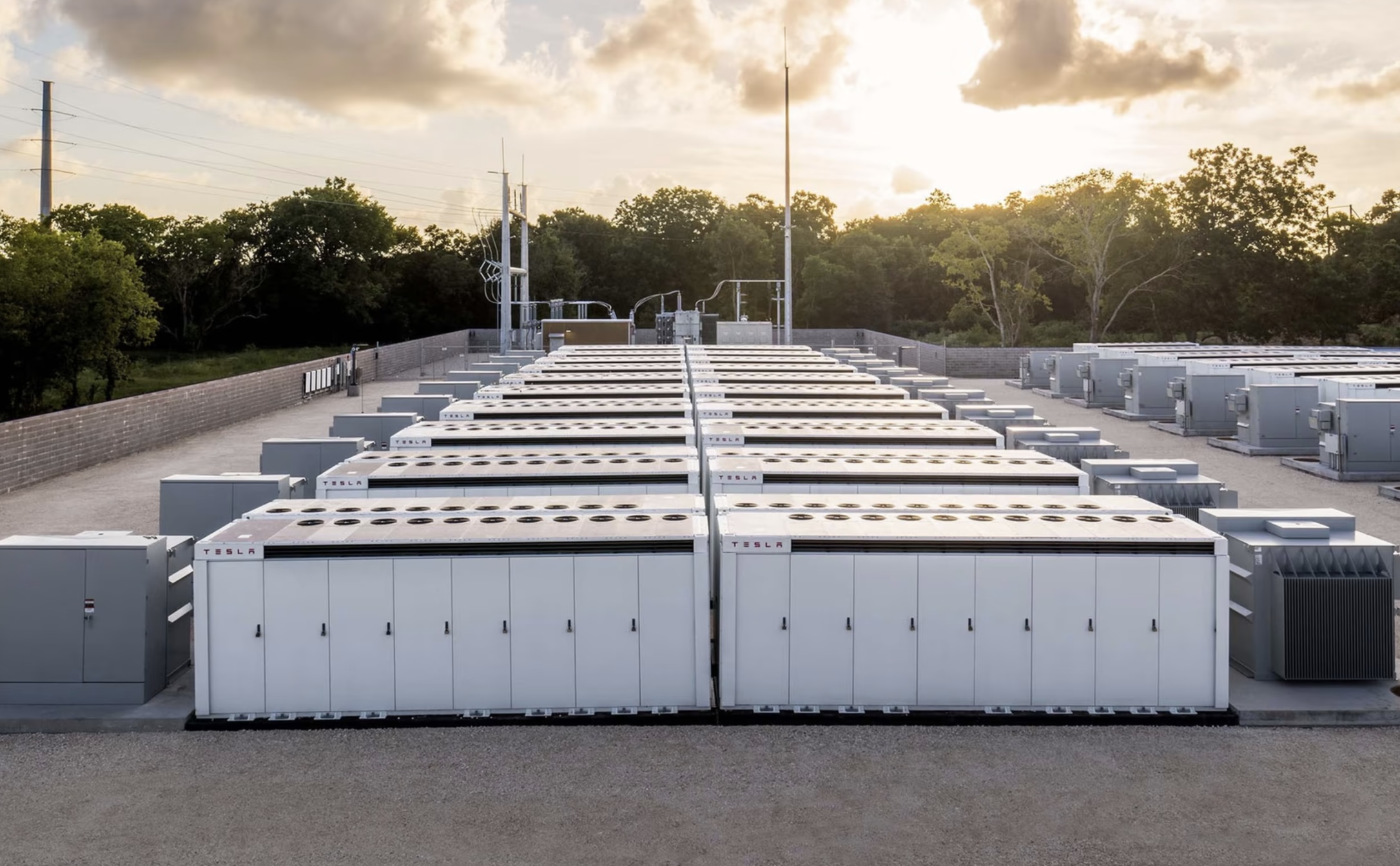
Tesla has chosen the location of its latest manufacturing project, a facility that will churn out the Megapack, a large-scale energy storage system for solar energy projects. It has chosen Waller County, Texas, as the location of the new plant, according to a Commissioners Court meeting that occurred on Wednesday, March 5.
Around midday, members of the Waller County Commissioners Court approved a tax abatement agreement that will bring Tesla to its area, along with an estimated 1,500 jobs. The plant will be located at the Empire West Industrial Park in the Brookshire part of town.
Brookshire also plans to consider a tax abatement for Tesla at its meeting next Thursday.
The project will see a one million square-foot building make way for Tesla to build Megapack battery storage units, according to Covering Katy News, which first reported on the company’s intention to build a plant for its energy product.
CEO Elon Musk confirmed on the company’s Q4 2024 Earnings Call in late January that it had officially started building its third Megapack plant, but did not disclose any location:
“So, we have our second factory, which is in Shanghai, that’s starting operation, and we’re building a third factory. So, we’re trying to ramp output of the stationary battery storage as quickly as possible.”
Tesla plans third Megafactory after breaking energy records in 2024
The Megapack has been a high-demand item as more energy storage projects have started developing. Across the globe, regions are looking for ways to avert the loss of power in the event of a natural disaster or simple power outage.
This is where Megapack comes in, as it stores energy and keeps the lights on when the main grid is unable to provide electricity.
Vince Yokom of the Waller County Economic Development Partnership, commented on Tesla’s planned Megapack facility:
“I want to thank Tesla for investing in Waller County and Brookshire. This will be a state-of-the-art manufacturing facility for their Megapack product. It is a powerful battery unit that provides energy storage and support to help stabilize the grid and prevent outages.”
Tesla has had a lease on the building where it will manufacture the Megapacks since October 2021. However, it was occupied by a third-party logistics company that handled the company’s car parts.
Energy
Tesla Energy had a blockbuster 2024

Tesla Energy has become the undisputed dark horse of the electric vehicle maker. This was highlighted by Tesla Energy’s growing role in the company’s overall operations in the past quarters.
And as per Tesla’s year-end milestone posts on X, Tesla Energy had a blockbuster 2024.
Tesla Energy’s 2024 milestones:
- As per Tesla on its official social media account on X, the company has hit over 800,000 Powerwalls installed worldwide.
- From this number, over 100,000 Powerwall batteries have been enrolled in virtual power plant (VPP) programs.
- The Powerwall 3 has officially been launched in the United States, Canada, Puerto Rico, the U.K., Germany, Italy, Australia, and New Zealand.
- The Tesla Megapack hit over 22 GWh in operation across more than 60 countries across the globe.
- The Lathrop Megafactory, which produces the Megapack, has been ramped to 40 GWh per year.
- The Lathrop Megafactory has also produced its 10,000th Megapack battery.
- The Shanghai Megafactory was completed in just seven months, and it is ready to start Megapack production in Q1 2025.
Hit 800k Powerwalls installed worldwide
— Tesla (@Tesla) December 31, 2024
Also:
– Over 100k Powerwalls are now enrolled in VPP programs
– Launched Powerwall 3 in the US, Canada, Puerto Rico, UK, Germany, Italy, Australia & New Zealand
– Megapack hit 22+ GWh in operation across 60+ countries
– Ramped… pic.twitter.com/bE88DpeyTg
Powerwall owners’ 2024 impact:
- As per Tesla Energy, Powerwall owners generated a total of 4.5 TWh of solar energy globally in 2024. This was equivalent to powering a Model 3 for more than 17 billion miles.
- A total of 1.1 TWh of energy was stored in Powerwalls in 2024. This protected homes from over 5.8 million outages during the year.
- Tesla’s Storm Watch feature for Powerwall batteries covered 2.8 million severe weather events over the year.
- Powerwall owners saw collective savings of over $800 million on utility bills.
- Virtual Power Plants contributed over 2.2 GWh of power to the grid. This reduced the need for 2,200 metric tons of fossil fuel peaker plant emissions.
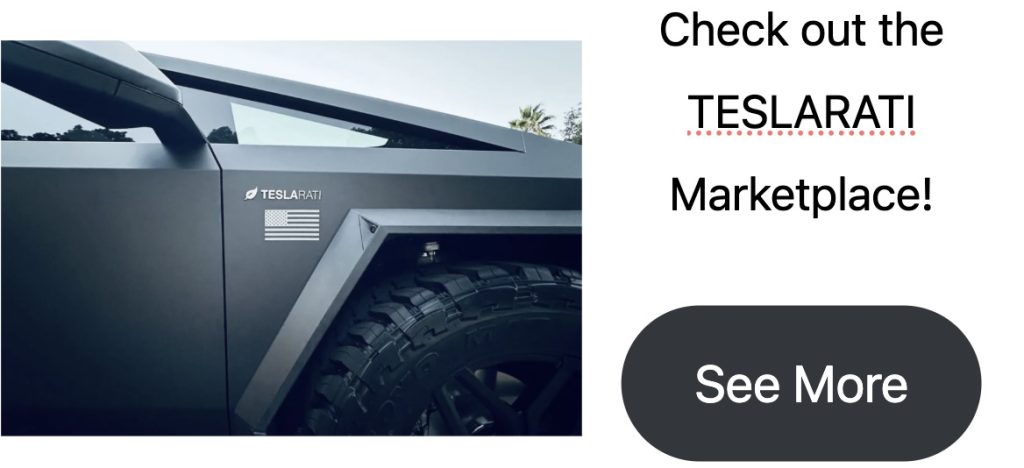

Don’t hesitate to contact us with news tips. Just send a message to simon@teslarati.com to give us a heads up.
-
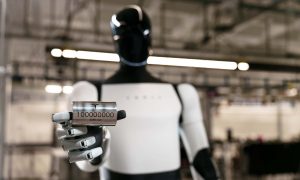
 News2 weeks ago
News2 weeks agoTesla celebrates key milestone for 4680 battery cell production cost
-
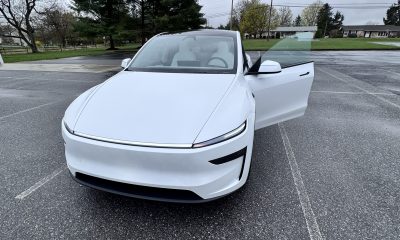
 News2 weeks ago
News2 weeks agoI took a Tesla new Model Y Demo Drive – Here’s what I learned
-
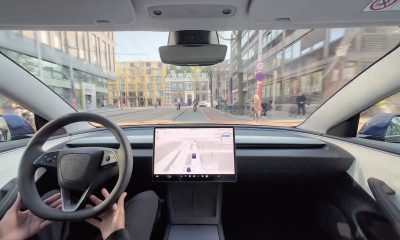
 News2 weeks ago
News2 weeks agoTesla Europe shares FSD test video weeks ahead of launch target
-
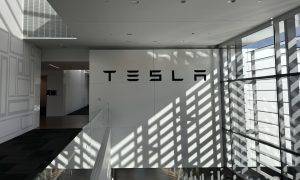
 News2 weeks ago
News2 weeks agoThis Tesla executive is leaving the company after over 12 years
-
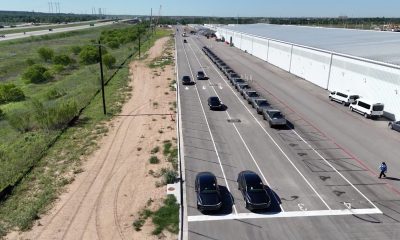
 News2 weeks ago
News2 weeks agoTesla’s Giga Texas vehicles now drive themselves to outbound lot
-
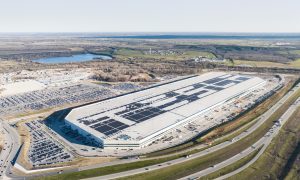
 News2 weeks ago
News2 weeks agoTesla’s ecological paradise near Giga Texas takes shape
-
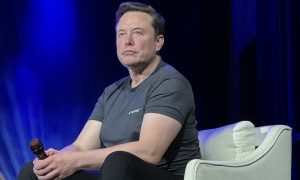
 News2 weeks ago
News2 weeks agoElon Musk and top Trump trade advisor Peter Navarro lock horns over tariffs
-
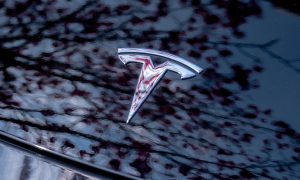
 News2 weeks ago
News2 weeks agoTesla bull lowers price target citing ‘brand crisis’

